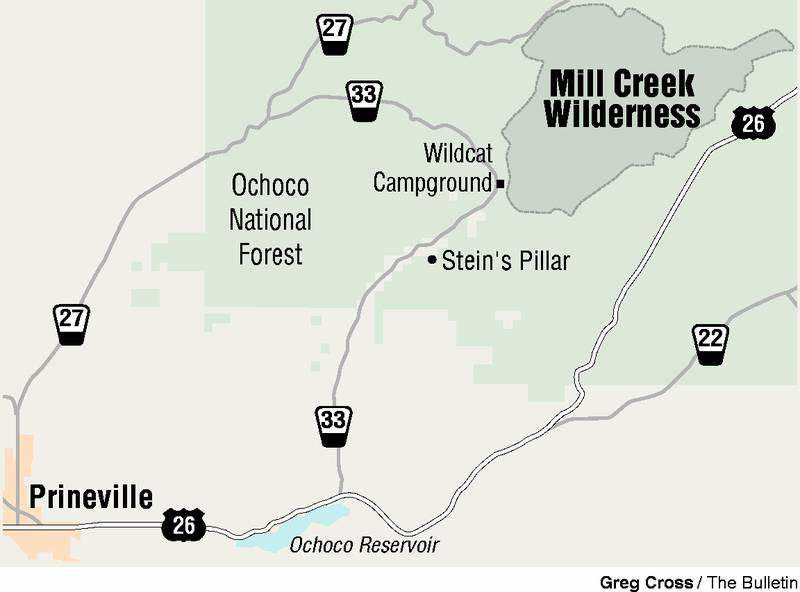Mill Creek Wilderness
Published 5:00 am Friday, June 13, 2008

- Mill Creek Wilderness
It’s comforting to know that there are places close at hand where you can leave roads and cars and even mountain bikes behind along with the niggling stuff that follows you around from appointment to appointment.
When we crossed over the line into the Mill Creek Wilderness last week, it was time to trade the housebound baggage for something simpler, more elemental. If only for a few hours. Of course, wilderness boundaries don’t poof to produce an instant trade of worries for wonder, but if you walk and sweat and open yourself to the possibilities of big trees, shadowed grottoes and the mystery of the next ridge over, your reality can’t help but shift, even if only slightly (an aircraft carrier can’t turn on a dime, a day hike can’t blow out all the sludge). The heavy-handed artifice back there beyond the gates makes the wilderness seem random. Trees fall and rot into the soil where they lie. Small animals set up housekeeping inside or not. Bigger animals, meat eaters — coyotes, bobcats, mountain lions and black bears — move stealthily through these forested hills just beyond perception, but sometimes, not often, cross your path. I listen and peer into the firs, try to will a bull elk into the daylight, a dusky bear on to the trail up ahead.
It doesn’t happen. Nothing but the crunch of the trail and the whisper of the creek below.
And the kind of stillness that dates back further than any of us can remember.
Much of the 18,000-acre Mill Creek Wilderness burned in the lightning-caused Hash Rock Fire during the summer of 2000. From the Twin Pillars Trailhead at Wildcat Campground, the fire’s impact appears minimal until you climb higher up the Mill Creek drainage. Here, the fire blazed in a mosaic pattern, leaving stands of ponderosa pine and Douglas fir untouched. There are also a few stands of old growth ponderosa pines remaining in the wilderness.
With the fire and subsequent years of regeneration, the wildflower season in the wilderness this spring could be showy.
The Ochocos are often overlooked. We didn’t see another soul on the trail.
The trail continues six miles (with several creek crossings) all the way up to Twin Pillars, a pair of 200-foot basalt spires that lord over the Ochocos.
According to Wilderness.net, the southwest-flowing Mill Creek drainage makes up 85 percent of the Mill Creek Wilderness, which Congress set aside for protection in 1984. There are three other trailheads leading into the Mill Creek Wilderness, and about 18 miles of trails. Trails also lead from Bingham Prairie, White Rock Campground and Whistler Point.
My then 10-year-old son Daniel and I ventured a couple miles up the trail, pausing often to look, listen and throw rocks. Along the trail, there are grassy meadows, deep forest and open, lightly timbered areas typical of this mountain range.
On the way back out to the trailhead, we were disturbed to find an empty beer can glinting from a mossy spot just off the trail. Coors Lite. I cursed under my breath, stuffed it in my pack and bit the (silver) bullet. The anger passed.
But I could feel a subtle shifting as we crossed back over the line. I hoped he had a nasty hangover.
From Prineville, drive nine miles east on U.S. Highway 26 to Mill Creek Road. Turn left onto the road and drive 9.5 miles on a paved road that turns into dirt and gravel to the Wildcat Campground. The trailhead is at a small parking area just before the campground. Walk over the bridge that spans Mill Creek and walk through the campground. The trail takes off from there. Contact: Prineville District, Ochoco National Forest, 416-6500.
— Jim Witty






